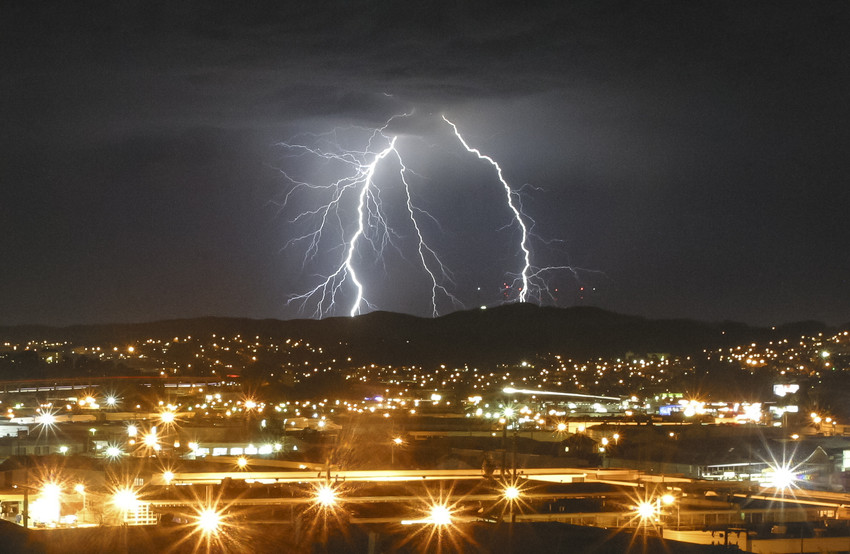
California’s warming climate is likely to mean a surge in lightning strikes, a development that would not bode well for fire season.
A new study suggests that the number of lightning strikes nationwide could jump 50 percent during this century, driven by rising temperatures.
“Warm air can hold more water vapor than cool air,” explains David Romps, an atmospheric scientist whose team at UC Berkeley came up with the new projections, published this week in the journal Science. “And as we warm the planet, we tend to get more water vapor in the atmosphere, and water vapor is the fuel for thunderstorms.”
Romps says every rise of about 2.5 degrees Fahrenheit should produce an 11 percent increase in ground strikes. His team came up with the projections using two key ingredients for lightning: precipitation and convection, the rising air that causes storm clouds to quickly pile up to enormous heights. Assuming average temperatures rise by 7 degrees during this century, he says warmer air will increase both, setting the stage for more electrical storms.
“Our hypothesis was that that product of precipitation and storm energy would be a good predictor for lightning, and it turns out to work very well,” says Romps.